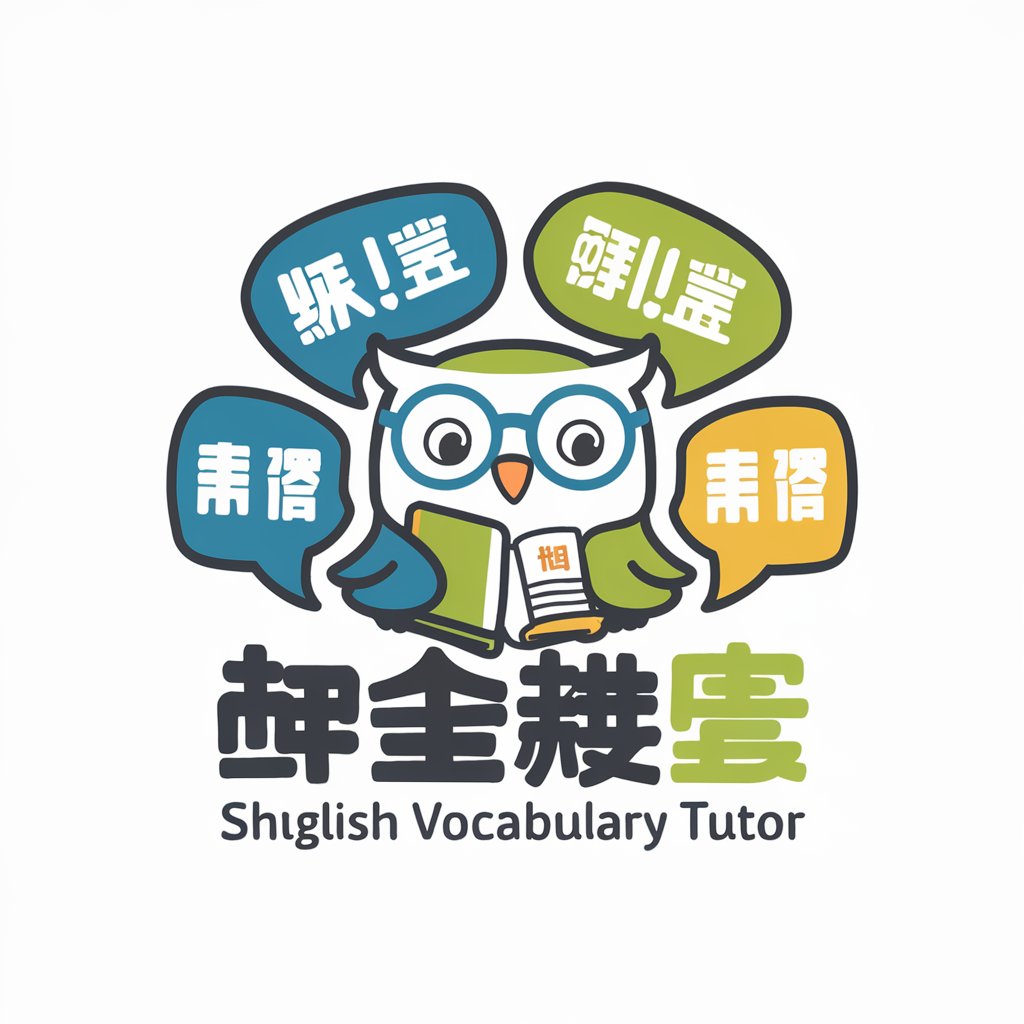
语音转文字 - Speech-to-Text Conversion

Transform speech into text effortlessly with AI
Get Embed Code
Introduction to 语音转文字
语音转文字, or Speech to Text, refers to the technology that converts spoken language into written text. This technology is designed to accurately transcribe audio recordings into text, facilitating easier consumption, analysis, and archiving of verbal information. It employs advanced algorithms and machine learning techniques to recognize and process human speech, even amidst background noise or with various accents. An example of its application includes transcribing meetings to ensure accurate minutes are recorded. Another scenario is converting lectures or speeches into text for accessibility purposes, enabling those with hearing impairments to access the information. Powered by ChatGPT-4o。

Main Functions of 语音转文字
Accurate Transcription
Example
Transcribing medical dictations for electronic health records.
Scenario
In a hospital, doctors record their notes about patient visits. 语音转文字 transcribes these audio files into text, which is then added to patients' electronic health records, improving accuracy and accessibility.
Real-time Captioning
Example
Providing live subtitles for lectures or conferences.
Scenario
During a university lecture, 语音转文字 technology generates real-time captions displayed on a screen, helping deaf or hard-of-hearing students follow along with the lecture content.
Voice Commands and Control
Example
Controlling smart home devices through voice.
Scenario
Users can control their smart home devices, such as lights, thermostats, or TVs, by speaking commands that are converted into text and interpreted by the device to perform the desired action.
Audio Content Analysis
Example
Analyzing customer service calls for quality and compliance.
Scenario
Companies use 语音转文字 to transcribe customer service calls. The text is then analyzed to assess the quality of service, compliance with regulations, and to derive insights into customer needs and satisfaction.
Ideal Users of 语音转文字 Services
Professionals
Individuals in fields such as journalism, law, and healthcare, who often need to transcribe interviews, court sessions, and patient notes, can save time and enhance accuracy by using speech to text services.
Students and Educators
This group benefits from transcribing lectures and study materials for better accessibility and learning efficiency, especially for students with disabilities.
Content Creators
Podcasters, YouTubers, and other digital content creators use speech to text to generate accurate subtitles and transcriptions, making their content more accessible and searchable.
Corporations and Small Businesses
These users apply speech to text for analyzing customer service calls, conducting market research through focus groups, and improving internal documentation efficiency.

How to Use Speech-to-Text
1
Start by visiting yeschat.ai to explore speech-to-text features through a free trial, no ChatGPT Plus subscription required.
2
Select or upload the audio file you wish to convert from speech to text. Ensure the audio is clear with minimal background noise for best results.
3
Choose the language of the audio file if the platform supports multiple languages. This ensures higher accuracy in transcription.
4
Review and edit the transcribed text. The software might not capture every word correctly, especially with technical jargon or accents, so manual verification is recommended.
5
Export the final text in your desired format. Utilize any additional features like highlighting key phrases or summarization if available.
Try other advanced and practical GPTs
数字爸爸
Discover Yourself with AI

單字學習
Elevate Your English with AI

汝の字
Discover names with deep cultural roots, powered by AI.

说文解字
Unlocking the Secrets of Chinese Characters with AI

World War Risk
Assessing Global Conflict Risks with AI

War Simulation
Strategize, Simulate, Conquer.

誤字脱字の訂正
AI-powered Japanese text refinement

誤字脱字チェックちゃん
AI-powered Japanese text error checker.

Wirral Weather Now And Then
Unlock the Past, Present, and Future of Weather

Harvard : If I knew then
Navigating life's path with AI-powered mentorship

Roast Me Sharply, Then Teach Me
Where intellect meets humor, powered by AI

better GPT
Empowering Conversations with AI

FAQs on Speech-to-Text
Can speech-to-text software recognize different accents?
Yes, advanced speech-to-text tools are designed to recognize a wide range of accents, though accuracy can vary. For best results, choose software that supports customization for your specific accent.
How do I improve the accuracy of speech-to-text conversion?
Ensure the audio quality is high with minimal background noise, speak clearly and at a moderate pace, and use a microphone close to your mouth. Also, train the software if it supports user voice profiles.
Is real-time transcription possible with speech-to-text?
Yes, many speech-to-text services offer real-time transcription, allowing you to see text appear on the screen as you speak. This feature is particularly useful for live events or meetings.
Can speech-to-text software translate languages?
Some speech-to-text tools also offer translation features, enabling the conversion of spoken language to text in another language. However, this feature might require a higher level of accuracy and possibly a subscription.
What are the limitations of speech-to-text technology?
Limitations include difficulty with heavy accents, background noise, overlapping speech, and the use of colloquialisms or slang. Continuous improvements are being made, but some challenges still remain.






